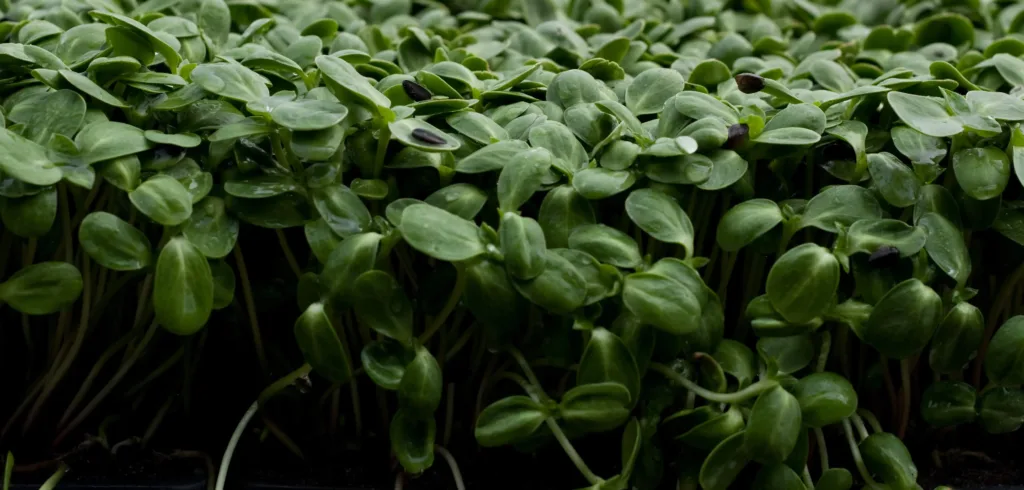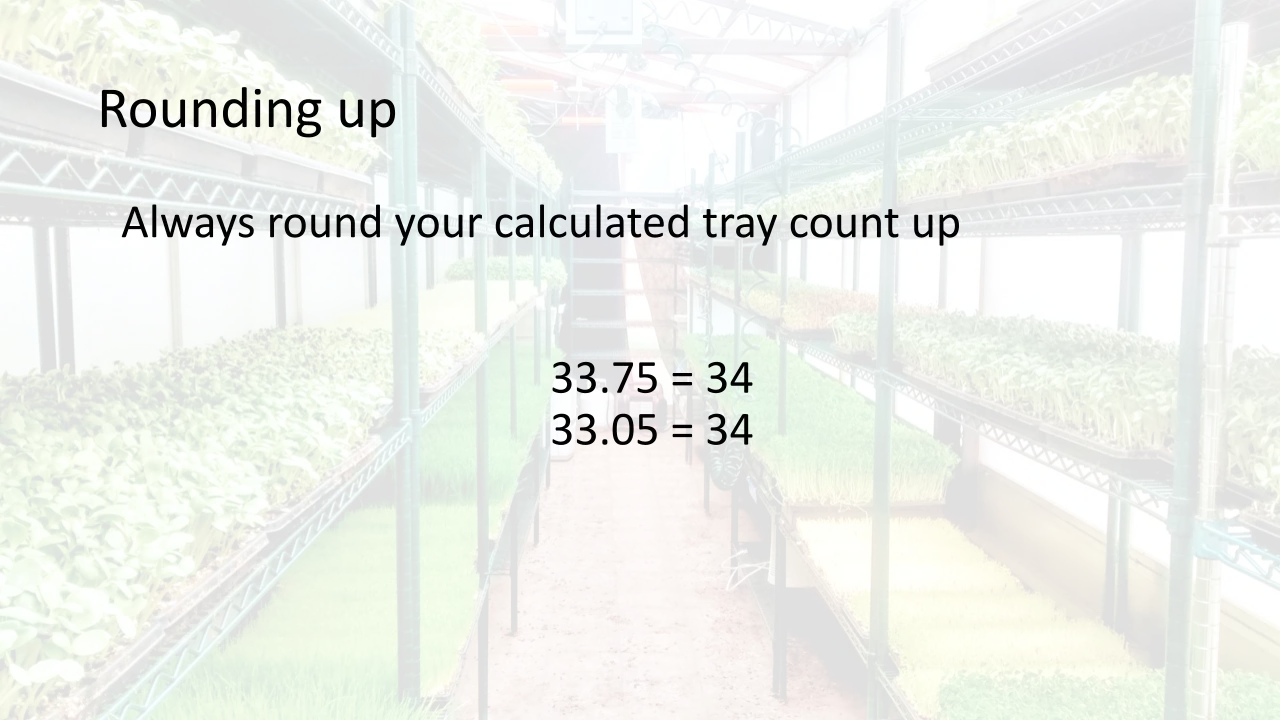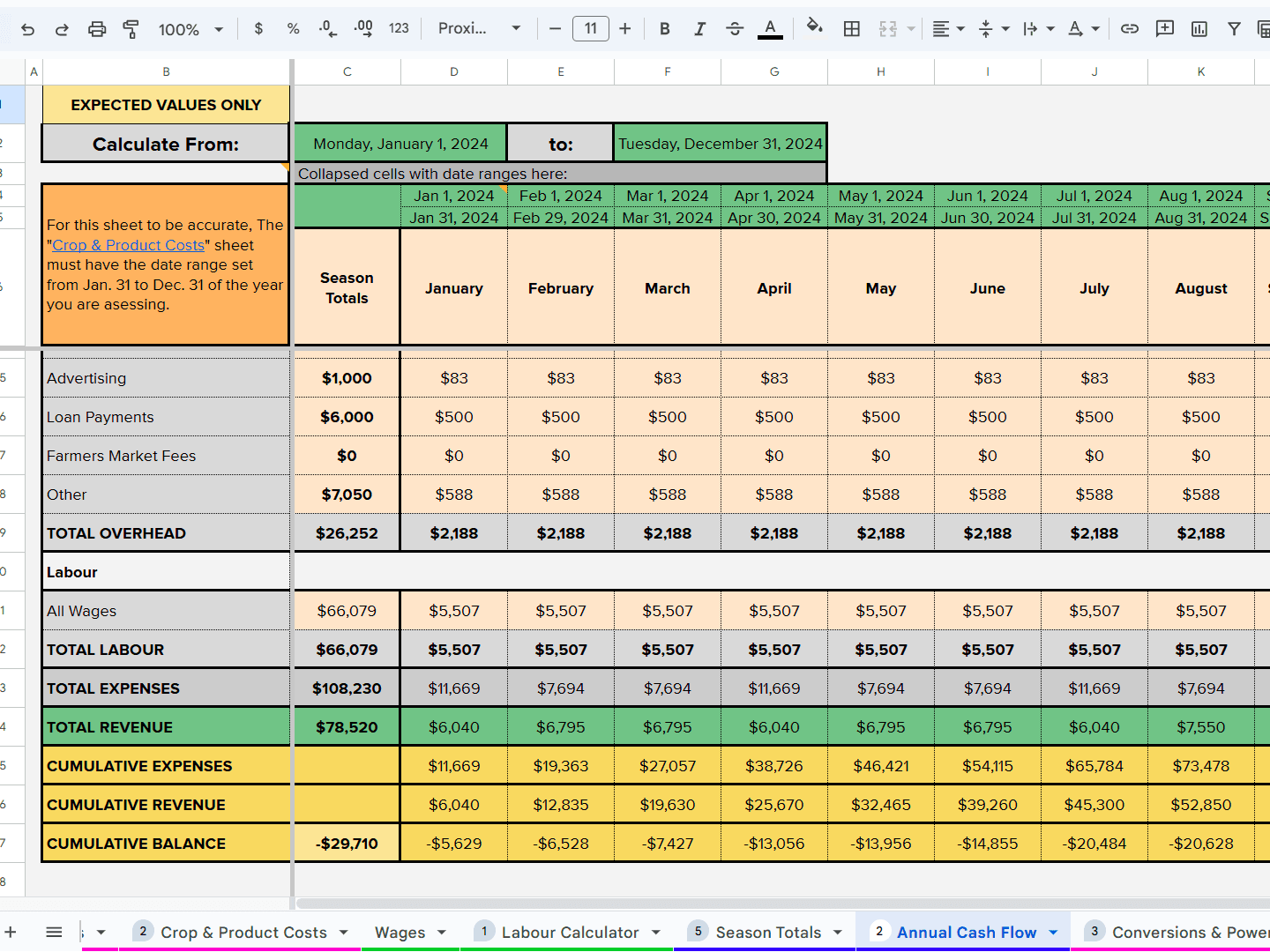
Crop Planning for Microgreens
Microgreens may be small, but growing them efficiently requires some planning. If you’ve ever struggled to align your planting with your harvest needs—or found yourself tossing unused trays—you’re not alone. That’s where crop planning comes in. Crop planning is an often overlooked topic and is crucial for microgreens business success.
This page contains our key articles related to crop planning. You can also check out the crop and financial planning section in our free online microgreens course here.
Microgreens Crop Planning – Part 1 of 3
In this first of three courses, we introduce the core principles of microgreens crop planning including the concepts of Growing To Order, Crop Cycles, Crop Stages and Production Tasks.
Microgreens Crop Planning – Part 2 of 3
In part 2 of this series we go into more detail to help you refine your crop planning strategies by introducing more advanced topics such as buffers, virtual customers, and product mixes
Microgreens Crop Planning Part 3 of 3
In this final course in the series we dive into spreadsheets to help you get started in creating your own crop planning tool!




Leave a Reply